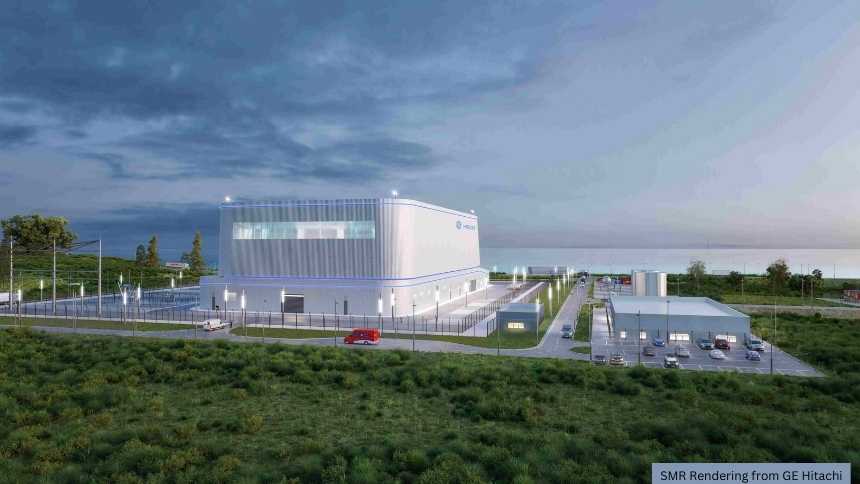
TVA provides update on Clinch River site plans during “Lunch and Learn”
The event, hosted by the Tennessee Advanced Energy Business Council and the East Tennessee Economic Council, featured TVA Vice President Gary Boerschig.
There’s a great deal of interest in the nuclear industry in general and the Oak Ridge community specifically about plans that the Tennessee Valley Authority (TVA) has to build a small modular reactor (SMR) at the old Clinch River Breeder Reactor site.
Those truly interested received an update on those plans late Thursday morning when the Tennessee Advanced Energy Business Council joined with the East Tennessee Economic Council to hold the former’s annual “TVA Lunch and Learn.” The virtual event featured Gary Boerschig, TVA’s Vice President for the Clinch River Project where the public utility plans to build an SMR if everything works as expected during what is characterized as a multi-part decision gate (DG) process.
In a roughly 30-minute presentation followed by a Q&A session, Boerschig provided a brief overview of SMRs, talked about how the technology helps address TVA’s goal of achieving net zero carbon emissions by 2050 without hamstringing economic activities, reviewed the three-phase DG process, and talked about the significance of the project both regionally and nationally.
The more than 40-year veteran of the nuclear industry explained that SMRs are defined by their size – one-tenth to one-third the footprint of a traditional nuclear plant – and their power output – about 300 megawatts of electrical (Mwe) compared to 1,200 Mwe for the traditional nuclear facility.
Boerschig said that barring something that is uncovered during the DG process, TVA will be deploying a Gen III, BWRX-300 SMR at the Clinch River site. He explained that the utility settled on Gen III rather than Gen IV because “having something that is deployable this decade is important.”
In addition to the role that SMRs are expected to play in TVA’s plans to achieve its net zero CO2 emissions goal by 2050, he said that SMRs also complement renewables due to the grid fluctuations the latter incurs when, as an example, solar is not able to generate as much energy on a cloudy day. Those fluctuations will become less of a concern once more robust storage systems are available, but it is critically important for now.
Boerschig said the TVA Board of Directors has authorized $200 million in expenditures for the planning phase, known as DG1. “We are in the planning phase (now) . . . progressing toward the design phase,” he added.
The next decision by the Board will be to move from DG1 to DG2 which is to make an SMR at the Clinch River site an official project. DG3 would be authorizing the construction of an SMR at the site.
He added that there is an offroad before moving to each of the next two DGs.
Boerschig concluded his presentation by talking about what SMRs in general and the Clinch River project specifically mean for various stakeholders.
- As previously noted, it is a great step in TVA’s plan for achieving net zero carbon emissions by 2050.
- For the seven-state region that the utility serves, it is achieving a significant reduction in carbon emissions without compromising high grid reliability and low rates.
- For the nation, it is “first movers” like TVA that are proving the technology from both budget and safety considerations so others can quickly follow.
Like what you've read?
Forward to a friend!

